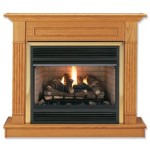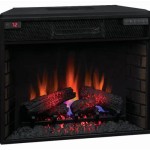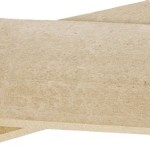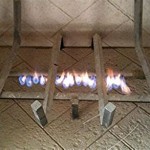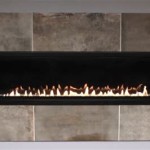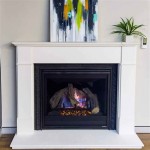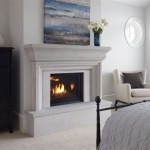Best Wood To Burn In Your Fireplace
Fireplaces are a source of warmth and ambiance in homes, providing a cozy retreat during colder months. Choosing the right wood to burn in your fireplace is crucial for maximizing its benefits and ensuring a safe and enjoyable experience. Different wood species possess varying characteristics that influence their burning qualities, such as heat output, flame duration, and aroma. This article explores some of the best wood options for fireplace use, considering factors like availability, sustainability, and performance.
Hardwoods for Superior Heat and Longevity
Hardwoods, known for their dense structure and slow growth, are generally considered the best wood for fireplaces. They produce a longer-lasting, hotter fire with less smoke and ash. Here are some popular hardwood choices:
Oak
Oak is a classic firewood choice, renowned for its high heat output and long burn time. It produces a bright, crackling fire with a pleasant aroma. However, oak can be hard to split and may require some time to dry properly. A seasoned oak log can burn for up to 4 hours.
Maple
Maple wood is another excellent choice for fireplaces. It burns clean with a moderate heat output and a sweet, slightly smoky aroma. Maple is known for its easy splitting and fast drying time.
Ash
Ash wood is a versatile option with a high heat output and a long burn time. It produces a bright, crackling fire with a pleasant aroma. Ash wood is relatively easy to split and dries quickly.
Hickory
Hickory is known for its extremely high heat output and long burn time. It produces a bright, crackling fire with a strong, smoky aroma. However, hickory can be difficult to split and may require longer drying time than other hardwoods.
Cherry
Cherry wood is a popular choice for its beautiful, reddish-brown color and sweet, fruity aroma. It burns with a moderate heat output and a relatively short burn time. Cherry wood is known for producing a lot of sparks, so it's important to use a screen and be careful when burning it.
Softwoods for Faster Burning and Aromatic Flames
Softwoods, known for their lighter structure and rapid growth, burn quickly and produce a bright, flickering flame. They are often preferred for their affordability and ease of splitting. While softwoods may not provide as much heat as hardwoods, they can be ideal for starting a fire or creating a relaxing ambiance.
Pine
Pine is a popular choice for starting fires due to its fast-burning nature and easy ignition. It produces a bright, flickering flame with a distinct resinous aroma. However, pine can generate significant smoke and ash, and it may require frequent replenishing.
Fir
Fir wood is another fast-burning softwood that produces a bright, flickering flame with a pleasant, resinous aroma. It is easy to split and dries quickly. However, fir can also produce a considerable amount of smoke and ash.
Spruce
Spruce wood is a good option for starting fires due to its fast-burning nature and easy ignition. It produces a bright, flickering flame with a mild, resinous aroma. Spruce is relatively easy to split and dries quickly.
Sustainable and Ethical Sourcing
When choosing wood for your fireplace, it is essential to prioritize sustainability and ethical sourcing. Look for wood from responsible forestry practices that prioritize reforestation and habitat conservation. Buying wood from local sources helps reduce transportation emissions and supports your community.
Consider sourcing wood from certified sources, such as the Forest Stewardship Council (FSC). The FSC label ensures that the wood comes from responsibly managed forests that meet specific environmental and social standards. Asking your local firewood supplier about their sourcing practices is also a good idea.
Finally, it is important to ensure that the wood you are burning is properly seasoned. Seasoned wood means that it has been dried for at least six months to a year, allowing the moisture content to drop to around 20%. Properly seasoned wood burns cleaner, hotter, and with less smoke. It also reduces the risk of creosote buildup, which can be a fire hazard.

What Is The Best Wood To Burn In Your Fireplace Does It Matter

Best Wood To Burn 5 Effective Guides Follow

The Best And Worst Types Of Wood For Burning In Fireplace Bob Vila

What Is The Best Wood For Fireplace Comfort All Winter Long

What S The Best Wood To Burn For My Fireplace Capitol Chimney

Best And Worst Types Of Wood For Your Fireplace

How To Choose Wood For Your Fireplace Regency

The Best And Worst Types Of Wood For Burning In Fireplace Bob Vila

Best Firewood To Burn For Minimal Smoke And High Heat Goodland

Best And Worst Woods For Fireplaces

